The highway should be where road-going vehicles are less likely to encounter incidents with others, given that everyone should be travelling in the same direction along the same stretch of tarmac.
As demonstrated here from footage while northbound on the PLUS highway around KM312.6 near Tapah, however, last-moment manoeuvres can and do lead to collisions – even if the apparent perpetrator themselves appeared to emerge unscathed. Watch the incident from the front- and rear-facing cameras, and it becomes clear that more than one factor has come into play.
The camera vehicle is travelling in the right-hand-side lane – the quicker of two lanes – as it approaches slow-moving traffic in the left lane, in which two large trailer trucks are followed by a white Honda City.
Just after the 18-second mark, the driver of the City puts on the indicator, though it almost immediately makes the lane change into the path of the camera vehicle. Here, the driver of the Honda City changes lanes, crossing into the path of the camera vehicle without first being sure that there will be enough of a gap to enter the lane.
Given the immediacy of the white car’s lane change, it would appear that not enough consideration was exercised here. Less easily done, but no less crucial is the identifying of potential hazards as a right-hand lane user, which in this case is slow-moving traffic potentially moving into the right-hand lane. From the forward-facing camera’s vantage point, it appears that the camera car narrowly avoided colliding with the City.
Meanwhile, the camera car is followed by a blue Suzuki Swift, which starts in footage holding a reasonable distance from the camera car. It closes the gap, however, and it is at this point where the camera car has to apply emergency braking.
From the front camera we know it has just missed the City in front; the situation at the back isn’t as positive, as the driver of the Swift has not anticipated or reacted quickly enough to avoid collision, and so the two cars make contact. Parts break and go flying, though the occupants of both cars emerge relatively unharmed, and pull over no doubt to exchange details.
Regressing to the front camera footage, the Honda City has not stopped and continued on its way, overtaking the two trucks, apparently oblivious to the drama that has unfolded.
Perhaps we could all take a leaf out of the motorcycling handbook, specifically, to operate as if everyone is out to get you, as the saying goes. It may be most relevant to the more vulnerable motorist, which in this case, applies to the three key vehicles involved in this incident.
Ideally, we would be in vehicles with a comprehensive set of active safety features such as autonomous emergency braking, blind spot warning, lane keeping assist and the like, however drivers with these at their disposal remain the exception rather than the rule for the time being. As such, the best feature in one’s safety toolkit is the driver’s own situational awareness.
Looking to sell your car? Sell it with Carro.

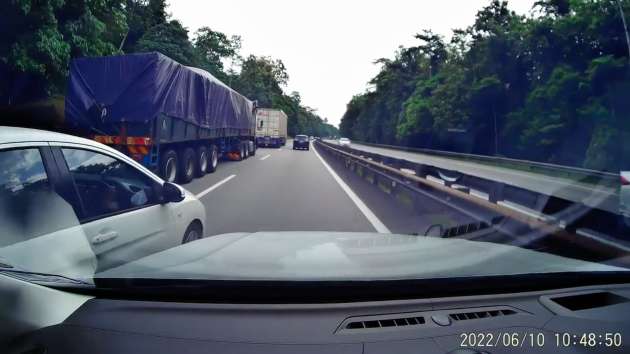
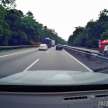
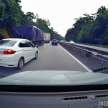
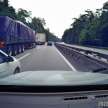
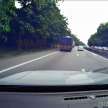
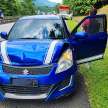










AI-generated Summary ✨
Comments highlight frequent dangerous lane changes, often without signaling or checking mirrors, contributing to accidents like the one in the post. Many emphasize the importance of maintaining safe distances, using mirrors properly, and practicing defensive driving. Some suggest upgrading car safety features like blind spot mirrors or BSM, especially in newer Honda models lacking these. There’s frustration over irresponsible drivers who cut lanes abruptly, ignore signals, or drive aggressively, causing accidents and road hazards regularly. Several comments mention the benefit of dashcams for evidence and legal reporting. The overall sentiment underscores the importance of situational awareness, courteous driving, and enforcement, with some pointing out that Malaysian drivers' attitudes and infrastructure issues exacerbate unsafe behaviors on highways.